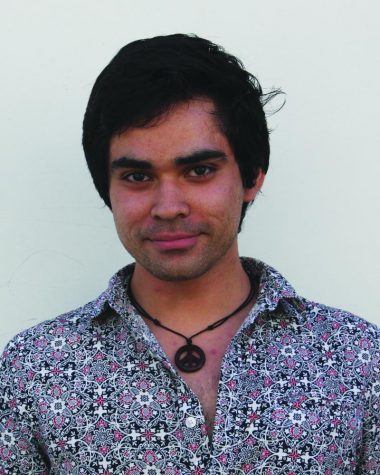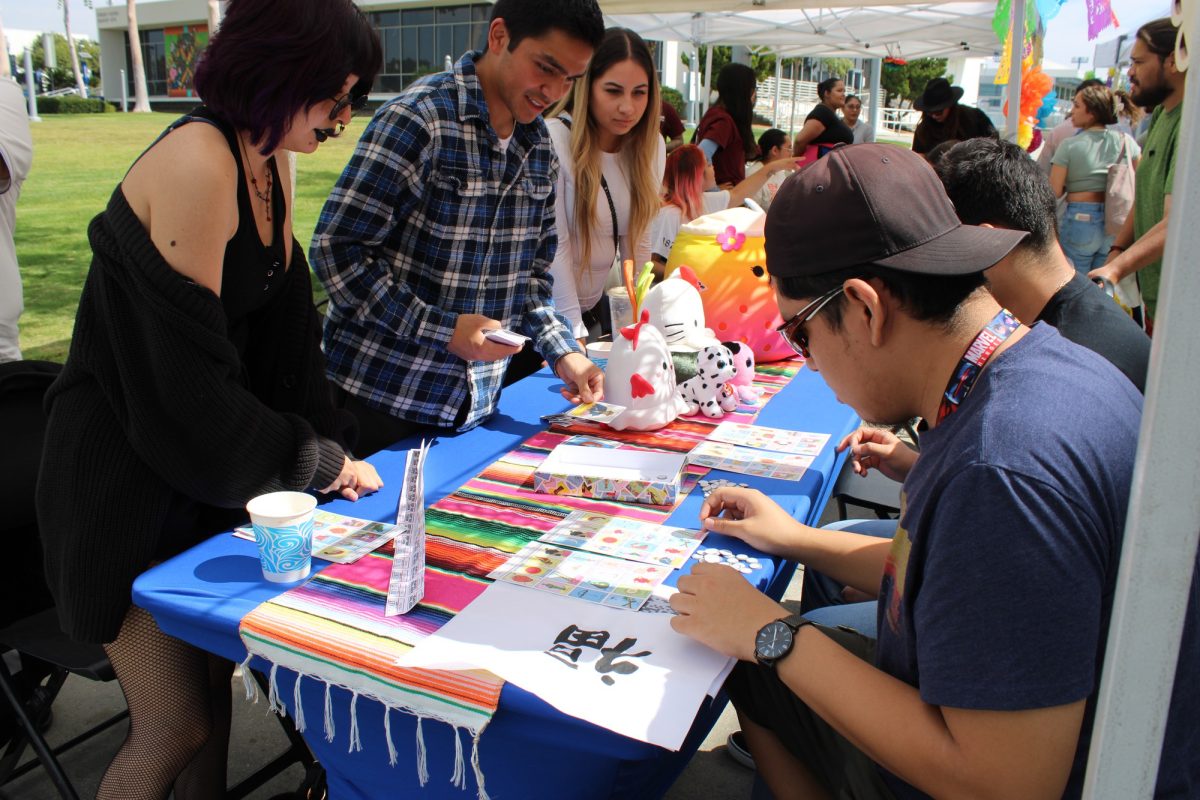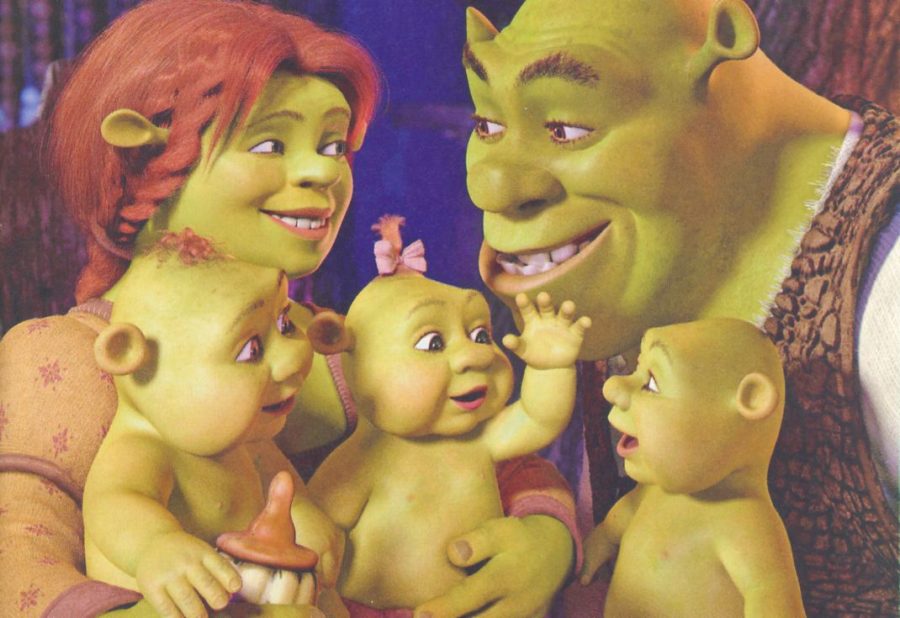English major Ainee La Madrid found out about the screening of Guillermo Del Toro’s Pan’s Labyrinth held on Nov. 2 through the Falcon Newsletter.
Being a huge fan of the film and loving the director, she commented, “Of course I came here. I wanted to see it with other people who I knew would appreciate the movie.”
She went on to say that “there is something about it,” mentioning the motifs of mysticism, fantastic elements and the fact that it covers real-life events at the same time (the fascist war in Spain) as reasons for her fascination with the movie.
What La Madrid didn’t expect was to learn that there is more to the film than she previously thought — other people’s opinions expressed about the movie, such as one Brian Lombara, studio arts major, who brought up the presence of “certain Satanic elements.”
Lombara said that he was not surprised that the preceding discussion occurred.
In his own words, he knew that the group would be discussing the Satanic elements “because of all the religions [especially pagan] iconography used” and how it illustrates the dichotomy of “the dark and light” — which he says is always included in fantasy and mythology.
According to Lombara: he “went through a Marxist approach” in dissecting power structures — explaining that visual representations of power structures create complicated issues of power, such as “the binary of what is good an evil.”
By “the binary of what is good an evil,” he meant axioms such as “Christ is good and Satan is evil.”
He further asserted that the culture of Satanism and paganism goes ignored — and therefore becomes a complicated issue.
“This power dynamic,” he stated, “Excludes other religions from happening.”
He added that this format extends to sexuality, in that there are people say that all homosexuals are “bad.”
La Madrid says that she didn’t agree with Lombara’s rhetoric, though she did learn “a lot more from it” — explaining that she is a Christian.
She added that she is “not the type that is really rude to everyone.”
Assistant Professor of Art History Lisa Vitela, who facilitated the screening, gave a point of information about how the students in her introduction to visual and cultural studies class did some reading about the film prior to the screening.
This reading revolved around Del Toro’s relationship with religion — the class wanted to discuss this further.
“I’m always surprised by the directions my students take the discussions,” assured the art history professor, continuing, ” I always enjoy what the students have to say.”
This was in regard to her wanting students to examine images in culture more carefully and her belief that Del Toro’s films are a good learning too (for their symbolism and links to mythology, fairy-tales and history).
Vitela expressed that her intent in screening the film was to analyse the imagery with the group that attended; and added that she thought it was especially appropriate for the season, considering that “it’s Halloween, and it’s a bit of a spooky film as well (with some gruesome elements).”
The introduction to visual and cultural studies class is new, and Vitela thought to open the screening (which was in Fine Arts lecture hall 133, a rather large space) to the public so that students can learn about the new class.














